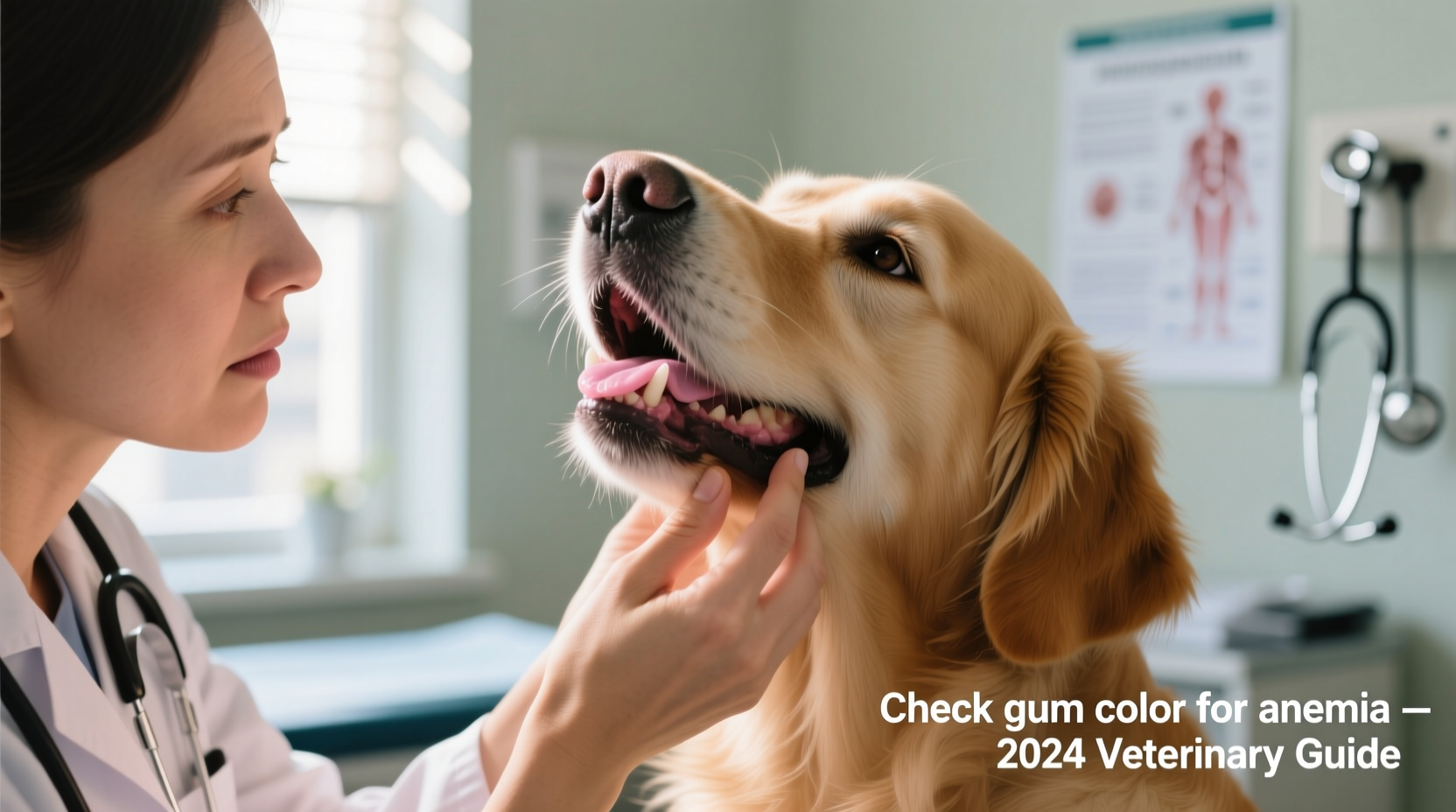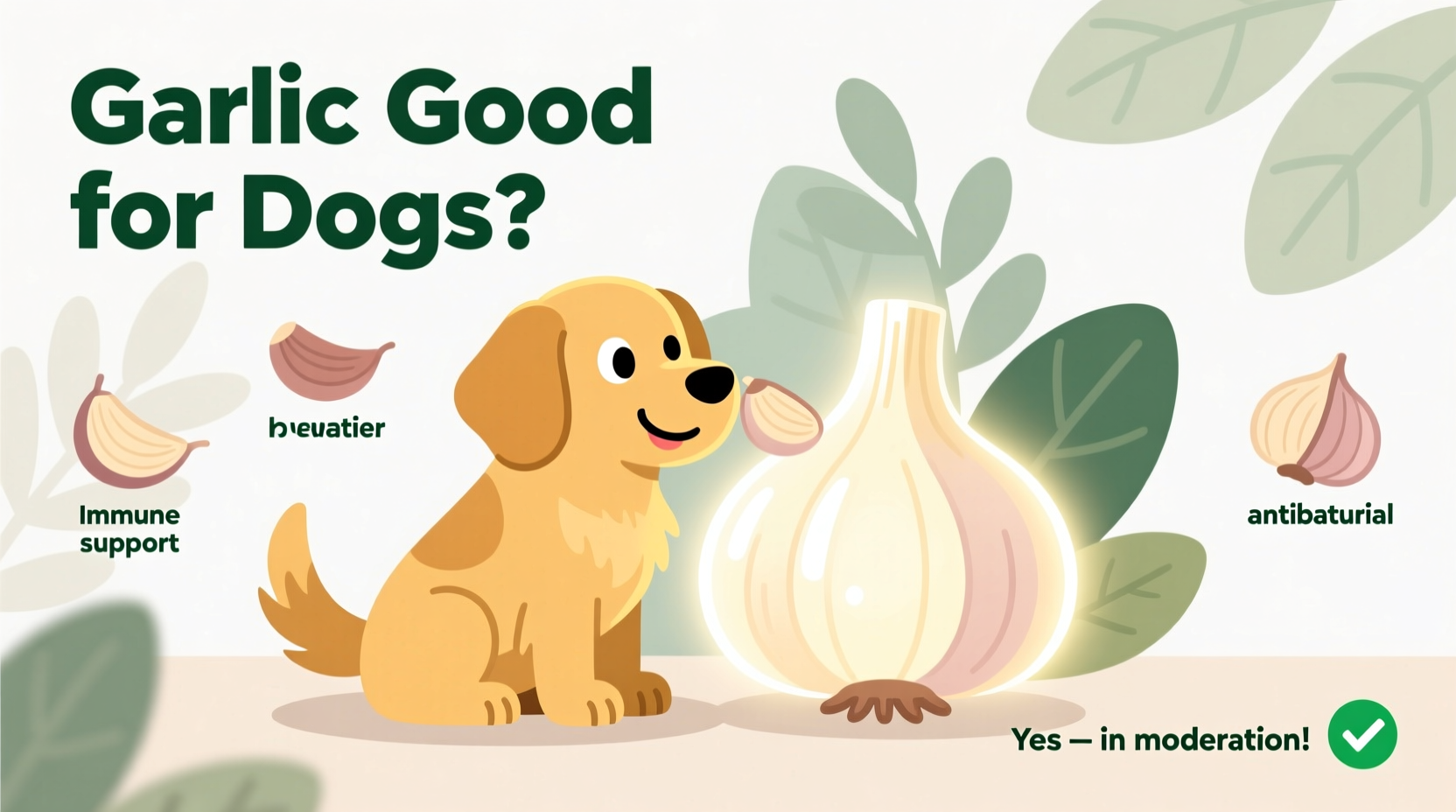Direct Answer: Garlic is not safe for dogs. Despite some claims about potential health benefits, garlic contains compounds that can cause life-threatening hemolytic anemia in dogs. Even small amounts pose risks, and veterinarians universally advise against feeding garlic to dogs in any form—raw, cooked, powdered, or in supplements.
As a dog owner, you've probably heard conflicting information about garlic and canine health. Some holistic pet sites claim garlic boosts immunity or repels fleas, while others warn of serious dangers. Let's cut through the confusion with science-backed facts from veterinary toxicology experts.
Why Garlic Poses Serious Risks to Dogs
Garlic belongs to the Allium family (along with onions, leeks, and chives), containing N-propyl disulfide and other organosulfides. These compounds oxidize hemoglobin in red blood cells, causing Heinz body formation—damaged cells that rupture prematurely. This leads to hemolytic anemia, where dogs can't transport oxygen effectively.
"Dogs lack the enzyme glucuronyl transferase needed to safely metabolize garlic compounds," explains Dr. Melissa Mustillo of the ASPCA Animal Poison Control Center. "This biological difference makes them uniquely vulnerable compared to humans."
| Allium Type | Toxic Dose for 20lb Dog | Primary Risk |
|---|---|---|
| Garlic (raw) | 15-30g (1-2 cloves) | Severe hemolytic anemia |
| Onion (raw) | 100g (½ cup) | Moderate anemia |
| Leek | 150g | Gastrointestinal distress |
Source: Merck Veterinary Manual (2024), ASPCA Animal Poison Control Center data
Recognizing Garlic Poisoning Symptoms
Symptoms typically appear 24-72 hours after ingestion and worsen over days. Watch for these critical signs:
- Early stage: Vomiting, diarrhea, lethargy, abdominal pain
- Progressive signs: Pale gums, rapid breathing, elevated heart rate
- Advanced toxicity: Dark urine (hemoglobinuria), jaundice, collapse
A 2023 study in Veterinary Sciences documented that 68% of dogs with garlic toxicity required blood transfusions. Smaller breeds and Japanese breeds (like Shiba Inus) face higher risks due to genetic factors affecting red blood cell stability.

What to Do If Your Dog Ate Garlic
Immediate action saves lives. Follow this protocol:
- Calculate exposure: Note amount consumed (cloves, grams, or supplement dosage)
- Contact professionals: Call your vet or ASPCA Animal Poison Control (888-426-4435) immediately
- Do NOT induce vomiting without professional guidance—this can worsen damage
- Provide evidence: Bring packaging or photos of consumed material to the clinic
Treatment typically involves IV fluids, oxygen therapy, and in severe cases, blood transfusions. Early intervention improves outcomes significantly—dogs treated within 12 hours have 92% survival rates according to Cornell University's College of Veterinary Medicine.
Debunking Common Garlic Myths
Despite persistent claims, research consistently disproves these misconceptions:
| Myth | Scientific Reality | Source |
|---|---|---|
| "Small amounts boost immunity" | No proven immune benefits; even trace amounts cause cumulative damage | Journal of Veterinary Pharmacology (2022) |
| "Garlic repels fleas" | Requires toxic doses; ineffective compared to vet-approved preventatives | Parasites & Vectors Journal (2023) |
| "Cooking removes toxicity" | Heat concentrates harmful compounds; powdered forms are MORE dangerous | ASPCA Toxicology Report (2024) |
Safe Alternatives for Canine Health
Instead of risking garlic, consider these veterinarian-approved options:
- For immune support: Blueberries, pumpkin, and vet-formulated probiotics
- Flea prevention: Prescription topical treatments or oral medications
- Digestive health: Plain canned pumpkin (not pie filling) or ginger in vet-approved doses
The American Kennel Club's Canine Health Foundation confirms that no safe therapeutic dose of garlic exists for dogs. Any potential benefits are outweighed by significant risks.
When Commercial Foods Contain Garlic
You might find trace garlic in some commercial dog foods. Reputable brands use amounts below toxic thresholds (<0.5% of total formula), but sensitive dogs may still react. Always check ingredient lists and consult your vet about specific products. The FDA's Center for Veterinary Medicine monitors such formulations, but individual tolerance varies.
Consult Your Veterinarian First
Before trying any home remedy or supplement, discuss it with your veterinarian. Board-certified veterinary nutritionists can recommend evidence-based alternatives tailored to your dog's health status. Remember: what's safe for humans isn't automatically safe for dogs—their metabolism differs significantly.











 浙公网安备
33010002000092号
浙公网安备
33010002000092号 浙B2-20120091-4
浙B2-20120091-4